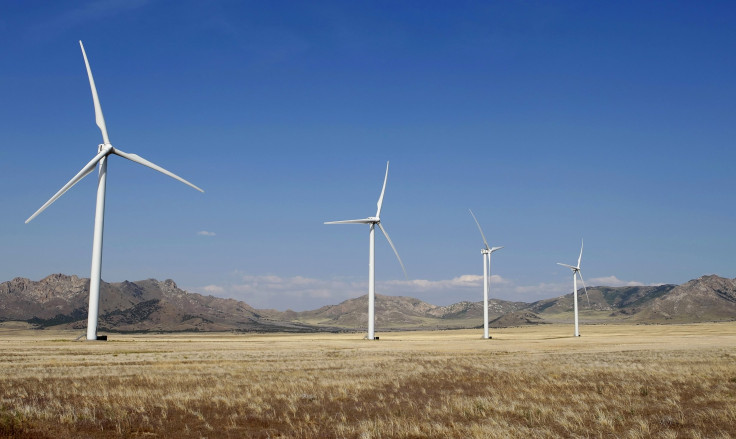US Solar Firm SunEdison To Become Major Global Renewable Energy Developer With $2.4B Acquisition Of First Wind

U.S. solar company SunEdison Inc. says it is poised to become one of the world’s largest global renewable energy developers after it and its power-plant holding company, TerraForm Power Inc., agreed to buy First Wind Holdings Inc. for $2.4 billion. The move will give Missouri-based SunEdison a major stake in the growing wind energy sector.
SunEdison now expects to install up to 2,300 megawatts of renewable energy capacity next year, enough to power roughly 752,000 average U.S. homes. Before the deal, the company had expected to add just 1,800 megawatts of solar power capacity.
SunEdison’s shares rose over 20 percent to $20.27 on Tuesday, while shares of TerraForm, which went public in July, rose 22 percent to $31.62 each.
He said the acquisition makes SunEdison “the leading renewable power plant developer in the world,” according to an earlier statement.
The transaction is expected to close in the first quarter of 2015.
First Wind develops, owns and operates wind projects in Maine, New York, Vermont, Massachusetts and Hawaii with a combined capacity of about 1,300 megawatts. Overall, the U.S. wind market now has a total installed capacity of nearly 62,000 megawatts -- more than nine times the amount installed only a decade ago. The country’s wind capacity is expected to grow 15 percent next year, according to Bloomberg New Energy Finance forecasts.
TerraForm was created by SunEdison as an investment platform that owns and operates solar power plants and produces a predictable cash flow. These types of companies are designed to appeal to investors by separating the lower-risk, higher-quality power assets from riskier, more volatile operations like solar panel production.
© Copyright IBTimes 2025. All rights reserved.





















